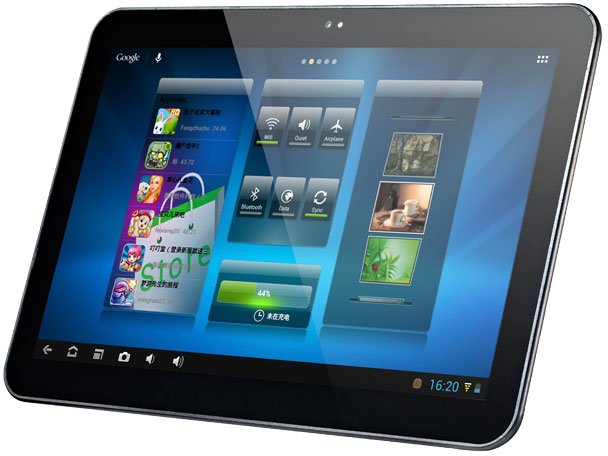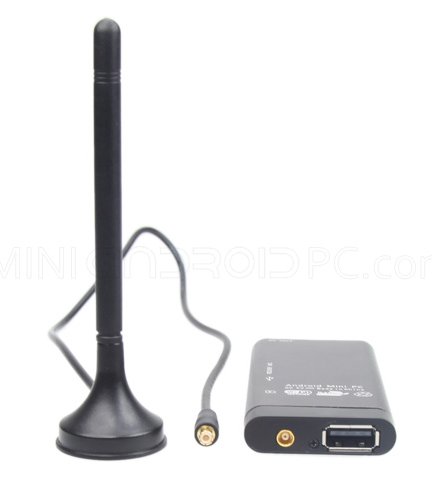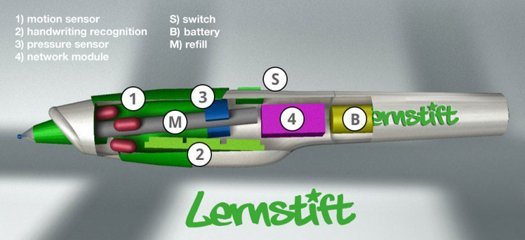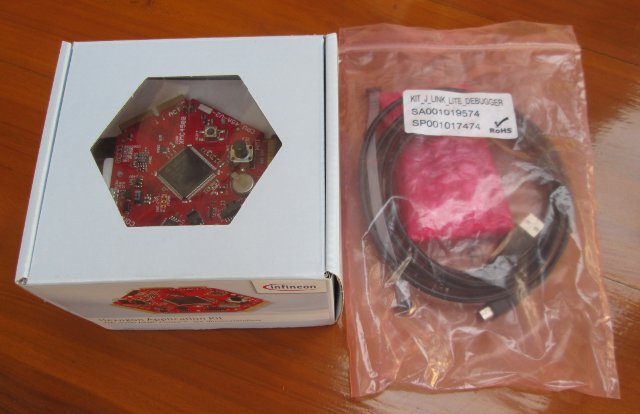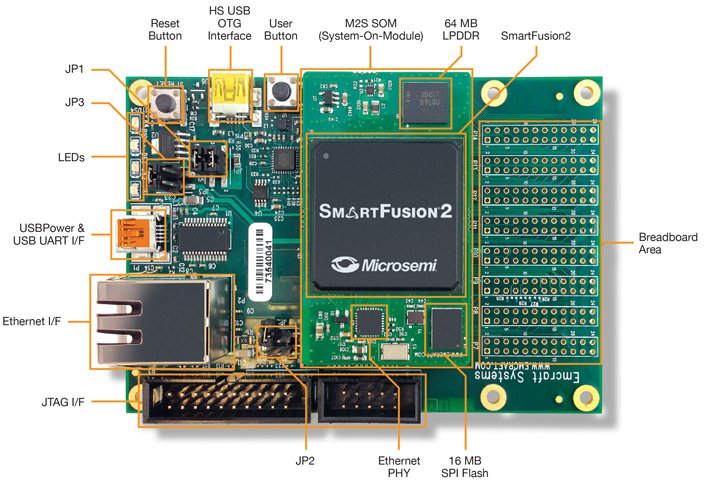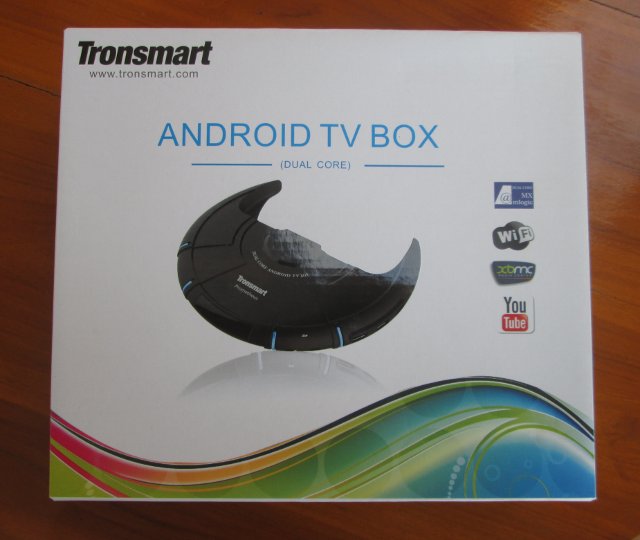I first heard about Rockchip RK3188 quad core Cortex A9 at the end of 2012, Rockchip showcased an RK3188 tablet development platform at CES 2013, and we were told the first tablet would ship in March without more details about available models. It appears Pipo Max M9 may be one of the first RK3188 available for purchase. This Android 4.1 tablet features a 10″ IPS display with 1280 x 800 resolution, 2 GB RAM, and 16 GB Flash. Here are the full specifications for PiPO MAX M9: SoC – Rockchip RK3188 Quad core Cortex A9 @ 1.8GHz with Mali-400MP4 GPU @ 533 MHz. System Memory – 2 GB RAM Storage – 16 GB flash + microSD slot Display – 10.1″ IPS display with 10-Point capacitive touch screen. Resolution: 1280 x 800 pixels Connectivity: Wi-Fi 802.11 b/g/n Bluetooth 2.1 3G via external USB dongle Camera – 2.0MP front camera, 5.0MP rear […]
MK812 mini PC Comes with 1GB RAM, a Webcam and an External Wi-Fi Antenna
Here’s yet another mini PC based on Rockchip RK3066. MK812 mini PC looks just like Kimdecent B12, but the version version has been updated by replacing one of the microUSB ports with a jack to insert the cable of a high gain 3dB antenna. The antenna has a magnetic base so that you can stick it on your metallic furnitures… They have also increased the amount of RAM, and you now get 2GB RAM in the device. Update: Only 1GB RAM finally. Here are the MK812 specifications as shown on MiniAndroidPC: SoC – Dual-core Allwinner? A9 1.2~1.6GHz CPU processor System Memory – 2 1GB DDR3 Storage – 8GB NAND flash memory + microSD slot Video Output – HDMI (1080p/2160p) Connectivity – Wi-Fi 802.11 b/g/n & Bluetooth 2.3 Camera – Build-in 2MP camera USB – 1x USB 2.0 Host, 1x USB OTG Misc – Build-in microphone, and reset button. Dimensions – 88 […]
How to Display dd Progress and dd.sh Script
Upgrading software on Linux / Android boards or devices often involves copying images to an SD card or microSD. In Linux, you’d usually do that with dd, a utility that provides binary copy of data to files or block devices. A typical command would be:
|
1 |
sudo dd if=new_firmware.bin of=/dev/sdc |
However, during the copy, dd does not show a progress bar by default. But dd actually supports progress report, as indicated in the manpage: you can run dd, and send USR1 signal to display the current progress once, and resume copying. Linux commando explains how to continuously return the progress. First run the dd command:
|
1 |
sudo dd if=/dev/random of=/dev/null bs=1K count=100 |
Open another terminal window to find out the process id:
|
1 2 |
pgrep -l '^dd$' 10152 dd |
And use the watch command to send USR1 at regular interval.
|
1 |
watch -n 10 sudo kill -USR1 10152 |
You should see dd progress in the first window every 10 seconds. It works, but the output is not very nice because dd will just […]
Lernstift – Linux Based Learning Digital Pen
Lernstift UG, a German startup, is working on a digital pen, called Lernstift as well, that can help children learning how to write by vibrating in case of errors. The Lernstift can be used in 2 modes: Calligraphy Mode – Pointing out flaws of form and legibility. Orthography Mode – Detecting orthographic (1 vibration) and grammatical (2 vibration) mistakes. Since it features a ballpoint, it can be used as a real pen, you know to write on paper…, but you can also write in the air, so I suppose they’ll also make a version without ballpoint, so that kids can enjoy one of their favorite pastimes: writing on the walls! The pen features a CPU module (2) that’s used to handle handwriting recognition, gather data from the motion (1) and pressure (3) sensors, and manage the Wi-Fi module (4). A battery, a power switch, and a pen refill complete Lernstift […]
Infineon Hexagon Application Kit (XMC4500 Enterprise Edition) Overview and Quick Start Guide
A few months ago, Infineon sent me XMC4500 Relax Lite Kit for review, and I wrote a short Getting Started Guide about this 10 Euros Cortex M4 devkit. This month, I’ve received another XMC4500 kit with more features and expansion abilities: XMC4500 Enterprise Edition which is one of their Hexagon Application Kit. I received two packages: CPU Board XMC4500 General Purpose (CPU_45A-V2) with accessories (55 Euros) – This is what you get when you order to Basic Kit. J-Link Lite Cortex-M Debugger (40 Euros) Let’s open the packages and see what’s inside. In the first package, we’ve got XMC4500 CPU board, a pin extension board that can be used on any of the 3 extension connectors of the CPU board to access the signals easily, and a microUSB to USB cable for power. The JLink debugger comes with a 10-pin ribbon cable, and a microUSB to USB cable to connect to the […]
Linaro Connect Asia 2013 Sessions and Mini-Summits
Linaro Connect Asia 2013 (LCA13) will take place in Hong Kong again this year, on March 4 – 8, 2013 at the Gold Coast Hotel. Linaro recently published the event schedule, with sessions focused on kernel, power management, toolchain, graphics and multimedia, platform, validation, and QA tracks, as well as 2 mini-summits: Linaro Enterprise Group (LEG) which will discuss about ARM server, and an as-yet-unannounced group (Linaro Networking Group?) within Linaro. There will also be hacking sessions each day (except on “Demo Friday”) where you can certainly expect to learn many useful skills/tips. I’ve selected 2 sessions or keynotes per day that I think could be especially interesting. Some of the sessions don’t have description yet, so even if they might seem interesting I’ve usually skipped those. Monday 12:00 – 13:00 – Low Level Virtual Machine (LLVM) Update The Toolchain Working Group started working on LLVM in January 2013. Come […]
$299 Microsemi SmartFusion2 Starter Kit (Cortex M3 + FPGA)
Microsemi SmartFusion2 SoC family combines an ARM Cortex-M3 Core @ 166 Mhz and FPGA Fabric with up to 12M Gates, and comes with up to 512 KB eNVM and 64 KB eSRAM, 1 CAN A & B interface, 1 GbE port, 1 USB 2.0 OTG, and diverse serial interface. Last year I received Emcraft SmartFusion Starter Kit using the first generation of the starter kit, and Microsemi (previously known as Actel) and Emcraft Systems have recently announced the second generation with the SmartFusion2 Starter Kit. The main hardware features include: SmartFusion2 SoC FPGA in FG896 package (M2S050T-FG896ES) with 256KB eNVM, 64KB SRAM, and 48,672 logic modules. JTAG interface for programming of the SmartFusion2 device 10/100 Ethernet interface and RJ-45 connector USB OTG interface and mini-USB connector USB based Wi-Fi Module 64MB LPDDR, 16MB SPI flash User push-button connected to GPIO on the SOM Two user-controlled LEDs connected to GPIO on […]
Tronsmart Prometheus Review
Now is the time to review another device sent to me by Geekbuying. Tronsmart Promotheus is an Android 4.1 Android set-top box powered by AMLogic AML8726-MX (aka AML8726-M6) with 1GB RAM and 4GB Flash, 3 USB ports, as well as Wi-Fi and Ethernet for connectivity. This device, which looks like a spaceship (my wife said it looks like a buffalo), has the potential to run XBMC with full hardware acceleration in Android and/or Linux. Tronsmart Prometheus Unboxing I’ve received the box in the package below. Apart from Promotheus media player, the package contains a 12V/1A power supply, an HDMI cable, an AV cable and a user manual in English that appears to be useful for once. It explains how to connect to device to the TV, to the networks, and to the power, how to do firmware upgrade, and how to troubleshoot it. It is presented in a way that […]


